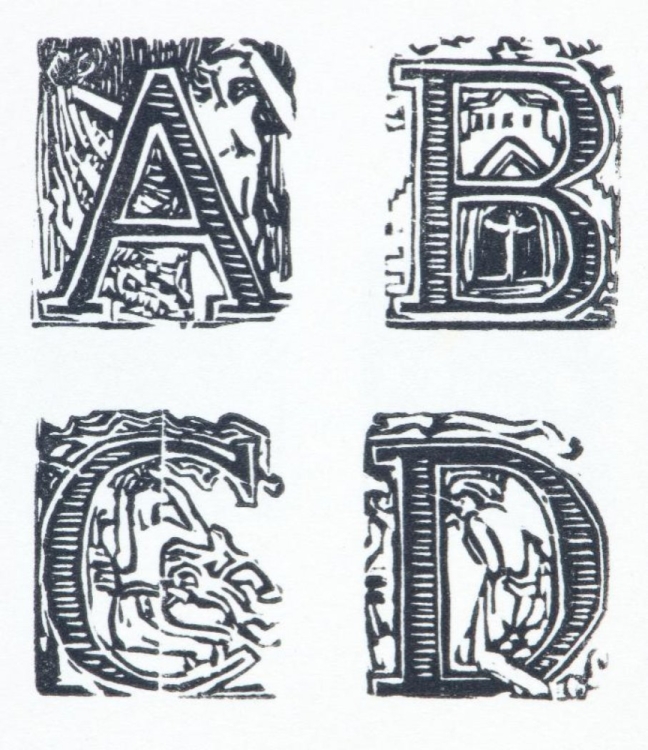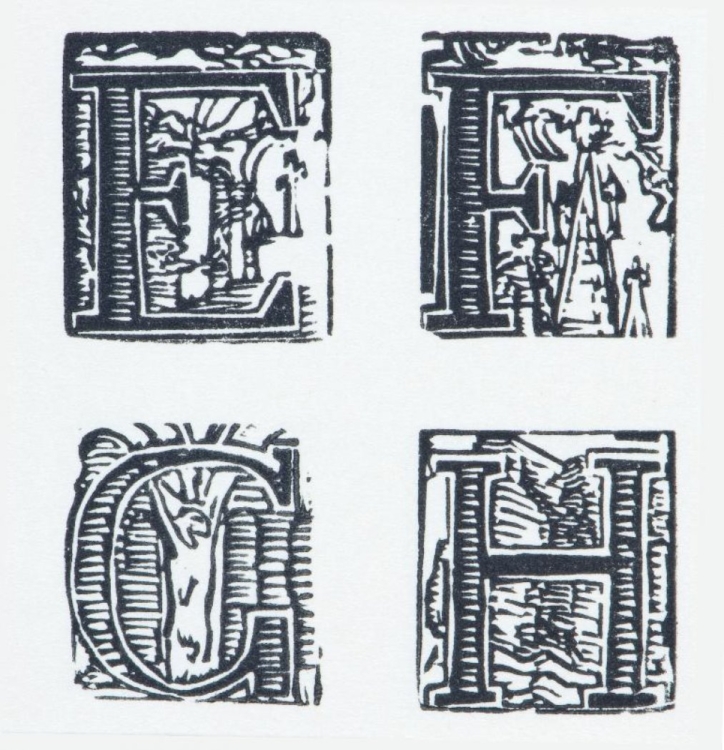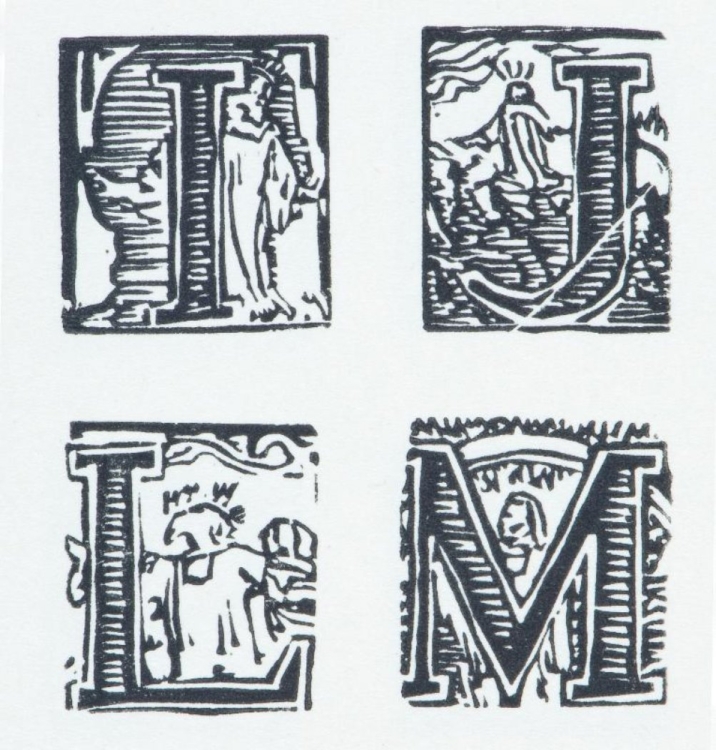The Graphic Workshop of František Bílek – Prints and Printing Blocks 1. 5. 2018 – 29. 3. 2021
Curator: Hana Larvová
The exhibition of prints and printing blocks offers a closer view of the graphic art by the sculptor František Bílek. Bílek used wood, his most favorite sculptural material, in the technique of woodcut, on which he focused after 1905 and in which he carried out most of his prints. His virtuoso way of working with the structure of wood, as evidenced by the details of printing blocks, enhanced the dramatic character of his woodcuts, whose expressive blackand-white language based on the contrast of light and shadow allowed him to capture the transcendental spiritual light. For Bílek, the symbolism of light was essential; he elaborated on it in theory as well as in the process of creating his entire multilayered oeuvre. Some of his prints are accompanied by individual words or the whole text, through which Bílek communicated his relativem complicated messages both in graphic art and his other works. Words are in the form of a stylized ornamental Gothic typeface, incorporated into the border of printing plates.
Bílek was rightly given credit for the “revival” of woodcut, while the originality of this technique also retrospectively influenced his sculptural work in wood. His graphic art was appreciated not only by his supporters, but even by his critics. Bílek’s masterful treatment of the mystical content in his prints appealed the most to the youngest Symbolists from the artistic association Sursum (1910–1912), who with a few exceptions devoted themselves to graphic art. Bílek became a mentor of this youngest Symbolist generation, and interesting reflections of this can be found in the production of many of them.
This small-scale exhibition presents selected woodcut printing blocks and the relevant prints from the years 1902–1931 and one linocut, The Poet in Nature from 1906. They are complemented by unique preserved metal printing plates with Bílek’s illustrations for Otokar Březina’s collection of poems Hands from 1901, which Bílek published at his own expense and which are a unique example of how his lifelong artistic work was intertwined with literature.




